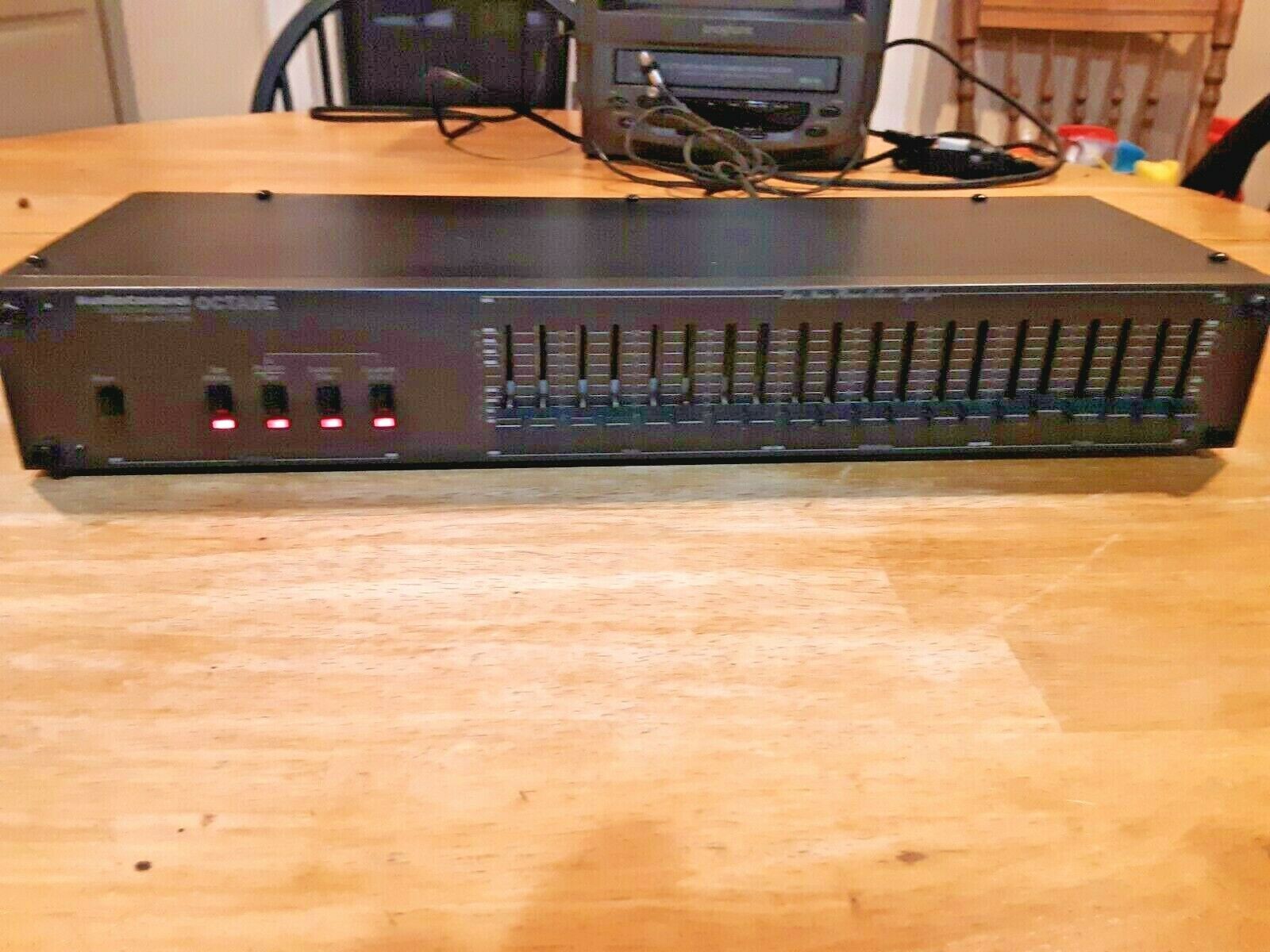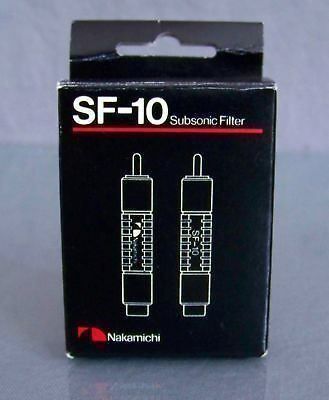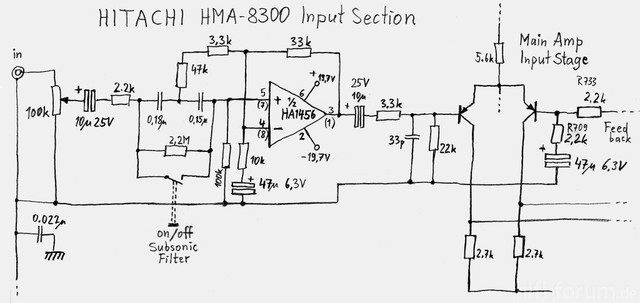

I've used Grado, a higher end Audio Technica, as well as, the AT3600 and I can't hear a difference, such a difference, that I'm proud to have bought the higher end cartridges and related needle. I have not seen anything along the line of comparison with high end equipment. This brings me back to why is the current turntable industry relying not on high end equipment but things like the standard AT3600 needle and cartridge that seem to get pissed on for no other reason other than they are economical.

Well, so much for $100k turntables that can't compensate for vinyl that isn't perfectly flat.

# Highest grade wiring throughout - internal litz wiring (cryogenicaly treated). # Counterweight designed for low vertical inertial and high transverse inertia (advantageous to hold cartridge steady) # Bearings for horizontal movement using highly specified low friction bearings conventionaly oriented 2 single points in sapphire cups, widely spaced to mimic gimbal bearing stability but with much lower friction. # Low friction, completely stable dual pivot bearing design for vertical movement. # Highest grade materials used throughout # New armtube incorporating bi-metalic technology to reduce resonance and increase rigidity You can listen to it but I'm just going to stare at it going around and around wondering how did it get melted. But, well, for crying out loud what is all the hype about tonearms for? And a record that is excessively warped is useless.

Which suggests that simple calculation is not indicative of the amplifier's control over the cone.Īlso being old enough to have only had analogue tape or vinyl sources, cone flap was not considered out of the ordinary.Jan, don't take this personal. I once connected a DC coupled amp to a drive unit and tapped the cone and then repeated it after disconnecting the amp. Back emf is the release of inductor energy once the drive has been removed, but as the amplifier is now driving in the opposite direction the maths will be a little more complex, and a factor of 4 might be a long way off. I say common knowledge because some rubbish the whole idea of damping factor.
#Subsonic filter full#
It's always a good idea to do a lot of research before buying, but some manufacturers don't give the full details these days.Īnd therefore I should remark that the Proprius also has sod-all damping factorīased on common knowledge it is around 4 at 20Hz. Then again, Chris says these are designed using amps with a stiff driving impedance.
#Subsonic filter driver#
Reflex "loading" allows the driver to resonate (pump) at its resonant frequency and a complete lack of damping will allow large cone excursions, but I would have thought the manufacturer would have taken that into consideration so as not to "bottom out" on its suspension. Slope of filter 6dB/octave.Īgreed, damping factor (or should we call it driving impedance?) isn't much from an output transformer, and as such "sod all" is appropriate wording. Replacing the grilles would remove that annoyance, and not cost anything. However, to get the cross feed a large number of op-amp stages are required to do the subtraction and summing and so the resulting sound might not be as good.Ĭone flap should not damage well made speakers, and if so it would only be of visual annoyance. I beg to differ on that, because some early stereo records have the bassists over to one side or another.Īnyway, as bass is less directional and the "cross feed" circuit doesn't result in phase differences within audibility (which your filter does), then it looks like a better idea. Purists may argue that it makes the lows mono, which isn't a good thing, but we are told that records are cut with mono bass below 300Hz anyway. This cross feeds the bass from around 150Hz and below and cancels the lateral differences from the cartridge where the rumble, we are told, comes from. If a 1Meg valve amp input the parallel combination will be 70k, and the turnover frequency only slightly higher at 22.74Hz.Īt the other extreme of say a 22k input solid state, the parallel combination will be 17k, and the turnover frequency much higher at 93.6Hz.Īnother much more complex way of doing it would be to use the channel subtract and sum method which has been doing the rounds since 1979 (see: ). By how much depends on the input impedance of the amp (or preamp etc). The values give a high pass filter which turns over at 21.22Hz (-3dB), but when the load of the amp it is driving is taken into consideration, the 75k will not be 75k, it will be less. Why should I be upset with you for doing this?


 0 kommentar(er)
0 kommentar(er)
